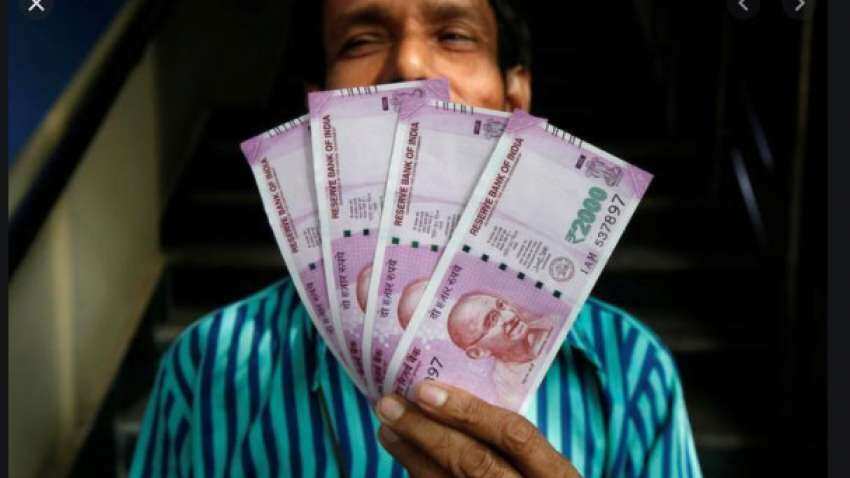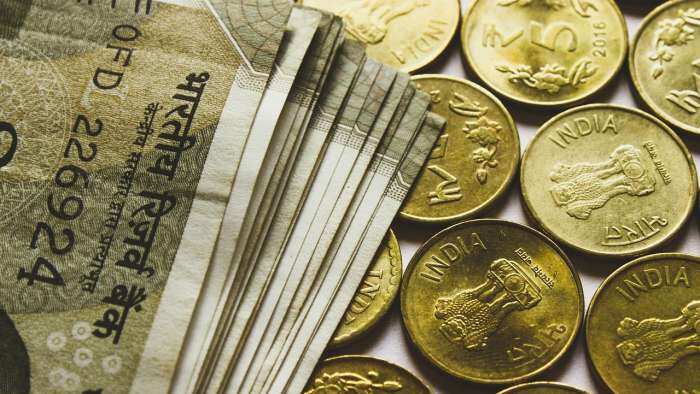Bank fixed deposit (FD) rates not enough? Make more money, THIS way AND pay less tax
Real rate of return is the return earned over and above inflation. Following the COVID-19 pandemic, the Reserve Bank of India came up with a long list of fiscal measures to inject liquidity in the system, improve investors’ sentiment and keep the wheels of production moving.

For long, bank fixed deposit (FD) rates have been the most attractive and preferred investment choices among the majority of people. Ease of understanding and guaranteed returns made FDs the preferred financial instrument for a chunk of investors. Without any substantial risk, FDs offered peace of mind against market volatility.
However, of late, fixed deposit rates have gone south. Importantly, if observed closely, fixed deposit rates' real rate of returns is in negative territory. That means, if you want to make more money, it warrants investing in better alternatives.
Meaning of Real Rate of Return:
Real rate of return is the return earned over and above inflation. Following the COVID-19 pandemic, the Reserve Bank of India came up with a long list of fiscal measures to inject liquidity in the system, improve investors’ sentiment and keep the wheels of production moving.
One such measure was the cut in repo rate. This is the rate at which the Central bank lends to other banks, and at present it stands at 4%. The lowest since 2000, this made lending less expensive for banks as a result of which most banks cut down their deposit rates.
India’s leading PSU bank now offers an interest rate of meagre 4.9% for deposits ranging between 1 year and up to less than 2 years from the earlier 5.1%. Interest rate of FDs maturing in 2 years to less than 3 years has been pegged at 5.1%.
Rahul Jain, Head- Edelweiss Wealth Management says that with retail inflation standing at 7.61% as of October 2020, the actual rate of return is in the negative zone. That’s not all. FD interest is fully taxable, which further brings down their actual returns, more so if you are in the highest tax bracket.
With ample liquidity at their disposal, it will not be a surprise if banks further reduce their fixed deposit rates, waning popularity of this investment vehicle.
See Zee Business Live TV Streaming Below:
Edelweiss Wealth Management highlights the Alternatives Available:
So, more or less, forget FD rates. To counter the negative rate of returns from FDs, it’s vital to invest in instruments that have the potential to offer inflation-indexed returns.
Significantly, this is where equity is your best bet.
Though volatile in the short-term, this asset class has handsomely rewarded those who had the patience to invest in it with a long-term approach.
How to Invest in Equity?
In the recent market rally, when indices touched record highs, those who held on to their equity investments following the carnage in March made sizeable gains. A prudent way to invest in equities is through systematic investment plans (SIPs) in mutual funds. Mutual fund SIPs not only help you remain invested across market cycles but also ensure you buy more units at a lesser price when the markets are down.
Also, investing in equities via mutual funds provides diversification, a core tenant of investment. Further, equity mutual funds enjoy a better tax treatment compared to FDs. If redeemed within a year, the gains are treated as short-term and attract a 15% tax. On the other hand, gains above Rs 1 lakh are classified as long-term and are taxed at 10%.
If however, you still feel nervous about investing in equities and want assured income, you can look forward to fixed-rate bonds that offer coupon rates, similar to interest rates of bank FDs, which remain constant throughout the bond’s tenure.
Get Latest Business News, Stock Market Updates and Videos; Check your tax outgo through Income Tax Calculator and save money through our Personal Finance coverage. Check Business Breaking News Live on Zee Business Twitter and Facebook. Subscribe on YouTube.
RECOMMENDED STORIES

Power of Compounding: How soon will monthly SIP of Rs 6,000, Rs 8,000, and Rs 10,000 reach Rs 5 crore corpus target?

Highest FD rates: Here's what SBI, PNB, Canara Bank, HDFC Bank, ICICI Bank are giving to senior citizens on fixed deposits

SBI Guaranteed Return Scheme: Know how much maturity amount you will get on Rs 2 lakh, 2.5 lakh, 3 lakh, 3.5 lakh and Rs 4 lakh investments under Amrit Vrishti FD scheme

SBI Senior Citizen FD Rate: Here's what State Bank of India giving on 1-year, 3-year, 5-year fixed deposits currently

SBI Senior Citizen Latest FD Rates: What senior citizens can get on Rs 7 lakh, Rs 14 lakh, and Rs 21 lakh investments in Amrit Vrishti, 1-, 3-, and 5-year fixed deposits
03:13 PM IST









 SBI 5-year FD vs Bank of Baroda 5-year FD: What will senior and general citizens get on Rs 8 lakh investment in each FD
SBI 5-year FD vs Bank of Baroda 5-year FD: What will senior and general citizens get on Rs 8 lakh investment in each FD SBI FD vs HDFC Bank FD vs ICICI Bank 1-year FD Calculator: What will you get on maturity if you invest Rs 5 lakh in each guaranteed return scheme
SBI FD vs HDFC Bank FD vs ICICI Bank 1-year FD Calculator: What will you get on maturity if you invest Rs 5 lakh in each guaranteed return scheme  Latest FD Interest Rates: SBI, PNB, Canara Bank, HDFC Bank, and ICICI Bank are offering these rates in their popular fixed deposit schemes
Latest FD Interest Rates: SBI, PNB, Canara Bank, HDFC Bank, and ICICI Bank are offering these rates in their popular fixed deposit schemes Post Office FD Interest Rate: See how Rs 1,50,000 investment grows in 1-year, 2-year, 3-year, 5-year deposits (with examples)
Post Office FD Interest Rate: See how Rs 1,50,000 investment grows in 1-year, 2-year, 3-year, 5-year deposits (with examples) Comparing SBI’s 'Amrit Vrishti Scheme' with other bank FDs offering similar interest in fewer days
Comparing SBI’s 'Amrit Vrishti Scheme' with other bank FDs offering similar interest in fewer days